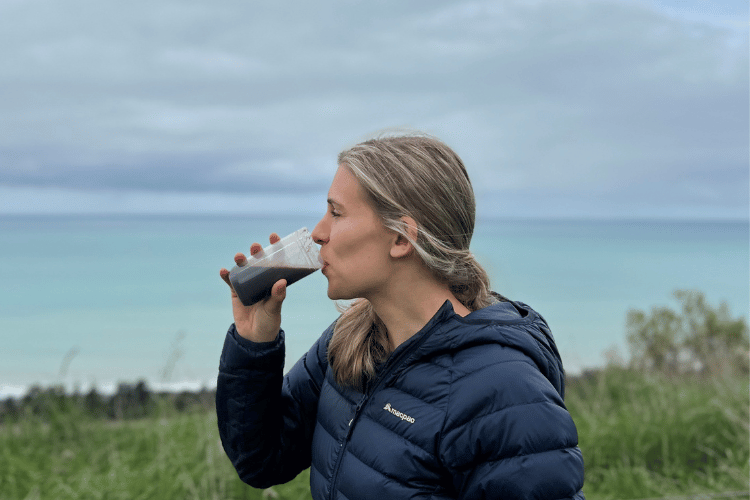Understanding your body’s hormone cycle can be a game-changer when it comes to optimising productivity and your overall well-being. Each month your body undergoes various hormonal shifts, with each phase presenting unique opportunities and challenges. In this blog we’ll explore each stage of a woman’s hormone cycle, and learn about how nutrition can be leveraged to support you to thrive at each stage.
Menstruation Phase
Menstruation signals the start of your cycle, typically lasting 3-7 days. The shedding of the uterus lining means a slight rise in estrogen and a drop in progesterone, often leading to decreased energy levels and mood changes such as irritability and sadness. Some women may also experience cramps and bloating. During this time, it’s important to prioritise rest and self-care. Replenish lost iron with iron-rich foods like spinach, leafy greens, lean meat and legumes. Include omega-3 sources such as avocado and salmon, and complex carbohydrates to sustain energy levels. Hydrate with water-rich foods and herbal teas, and treat yourself to some dark chocolate for a boost in magnesium and B vitamins.Follicular Phase
The follicular phase kicks in after mentruation, lasting between 7-14 days. During this phase, your ovaries are preparing and ripening an egg, which sees estrogen and progesterone slowly rising. You may experience boosted energy levels, higher creativity and positivity. Mood-wise, you are generally feeling your best, so seize this opportunity for productivity by tackling challenging tasks.
Including iron-rich foods into your diet, along with colourful vitamin C sources like citrus fruit, capsicums and berries support your bodies detoxification and overall immune function. Support your rising estrogen levels with foods such as almonds, sunflower seeds, flaxseeds, and wholegrains such as barley and oats.
Ovulation Phase
Ovulation occurs mid-cycle, and is when the mature follicle releases an egg. This phase lasts approximately 24 hours with effects lingering for 2-3 days, and brings with it a peak in estrogen and testosterone levels. You may experience a surge of outward-focused energy and confidence, making ovulation an ideal time for meetings, collaborations, and getting important things done.
Fuel your body with protein-rich foods like eggs and Greek yoghurt, along with healthy fats from avocadoes and nuts to help support hormone production and promote satiety. Because estrogen is at it’s peak, it’s helpful to include foods that support liver detoxification, such as leafy greens and cruciferous vegetables.
Luteal Phase
In the absence of fertilisation the luteal phase begins, usually lasting for 12-14 days. Hormonal fluctuations bring a decline in estrogen and testosterone and rise in progesterone. This can signal a decline in productivity and mood, so take this time to wind down, practice introspection and self-care, and focus on tasks that require less mental exertion.
Foods high in zinc and magnesium, such as nuts, seeds and dark chocolate support progesterone production. It’s important to keep blood sugar as stable as possible in this phase, so remember to eat well-rounded, nutrient-dense meals with a combination of protein, healthy fats, and complex carbohydrates to support blood sugar balance.
Understanding your body’s hormonal cycle can be incredibly empowering. It allows you to better align with the ebbs and flows of your natural rhythm - understanding when to prioritise productivity and when to focus on self-care. By paying attention to your body’s signals and nourishing it with the right foods, you can navigate through each cycle with greater ease and a deeper connection to your body.














